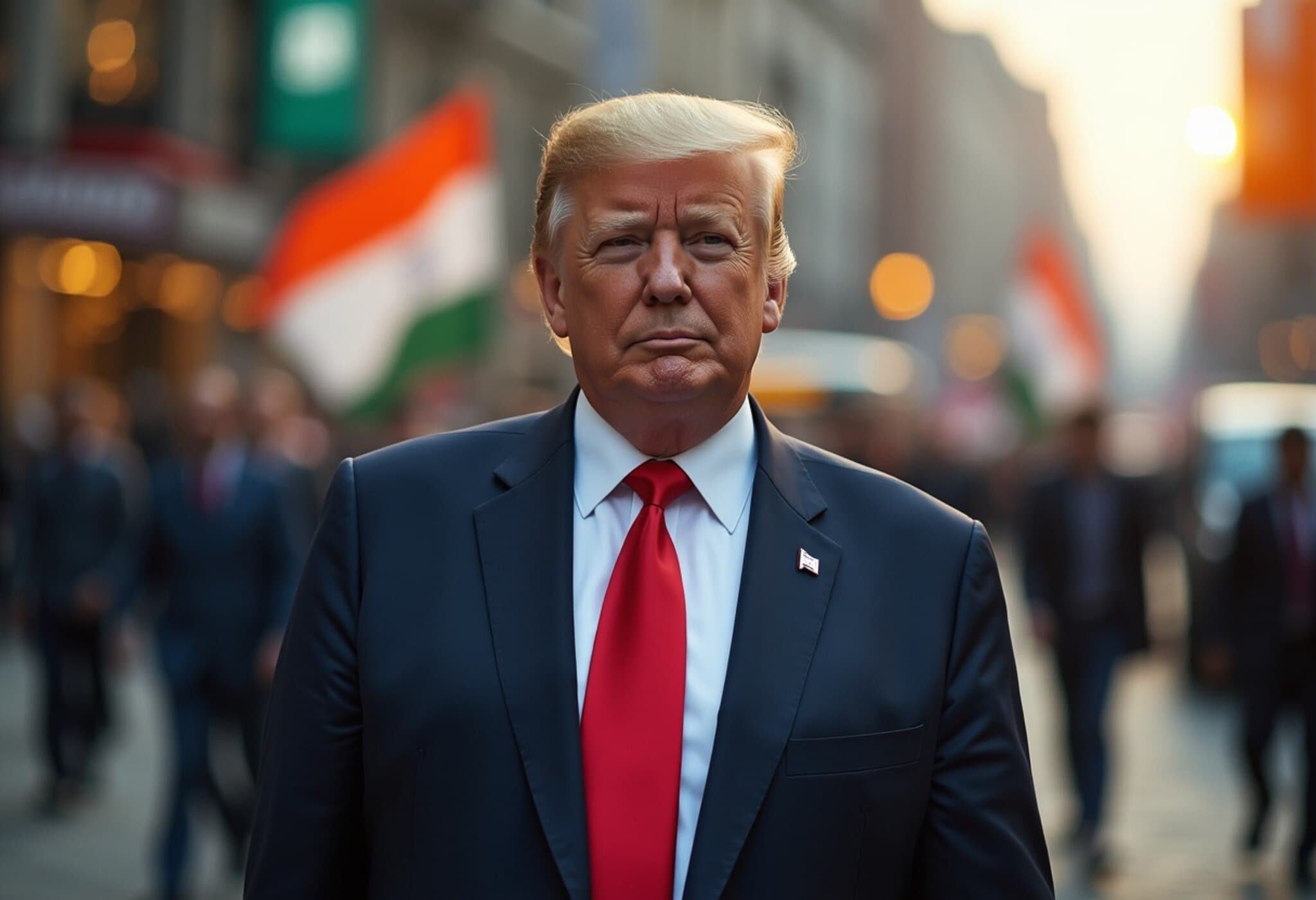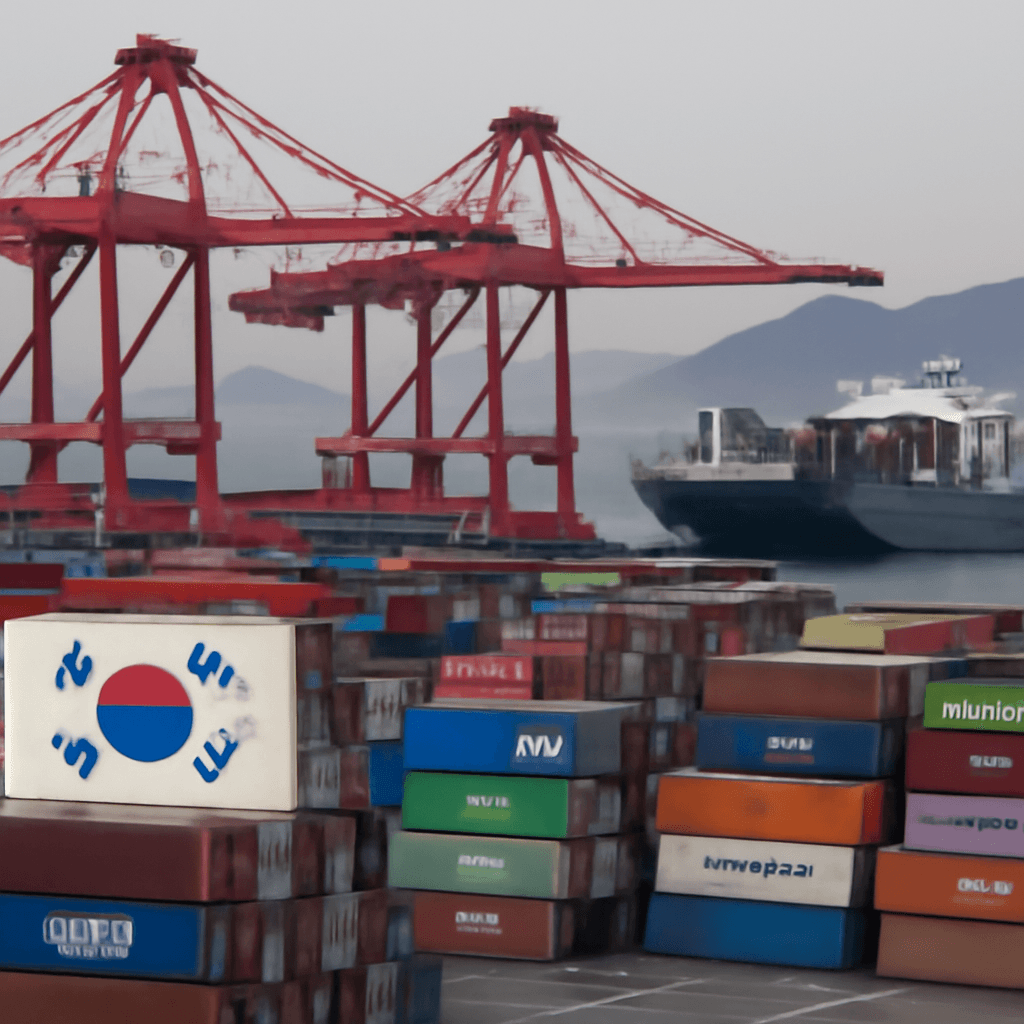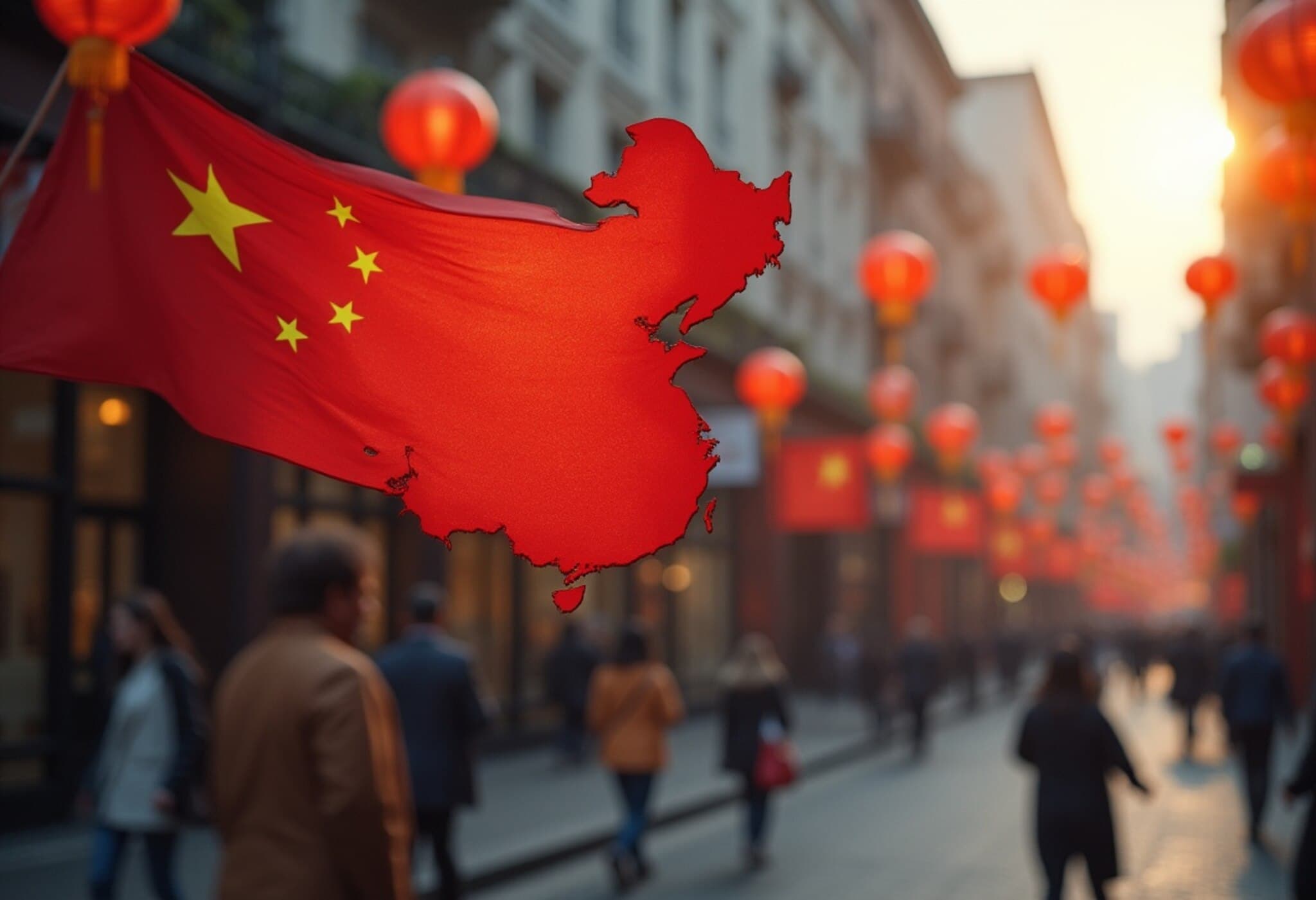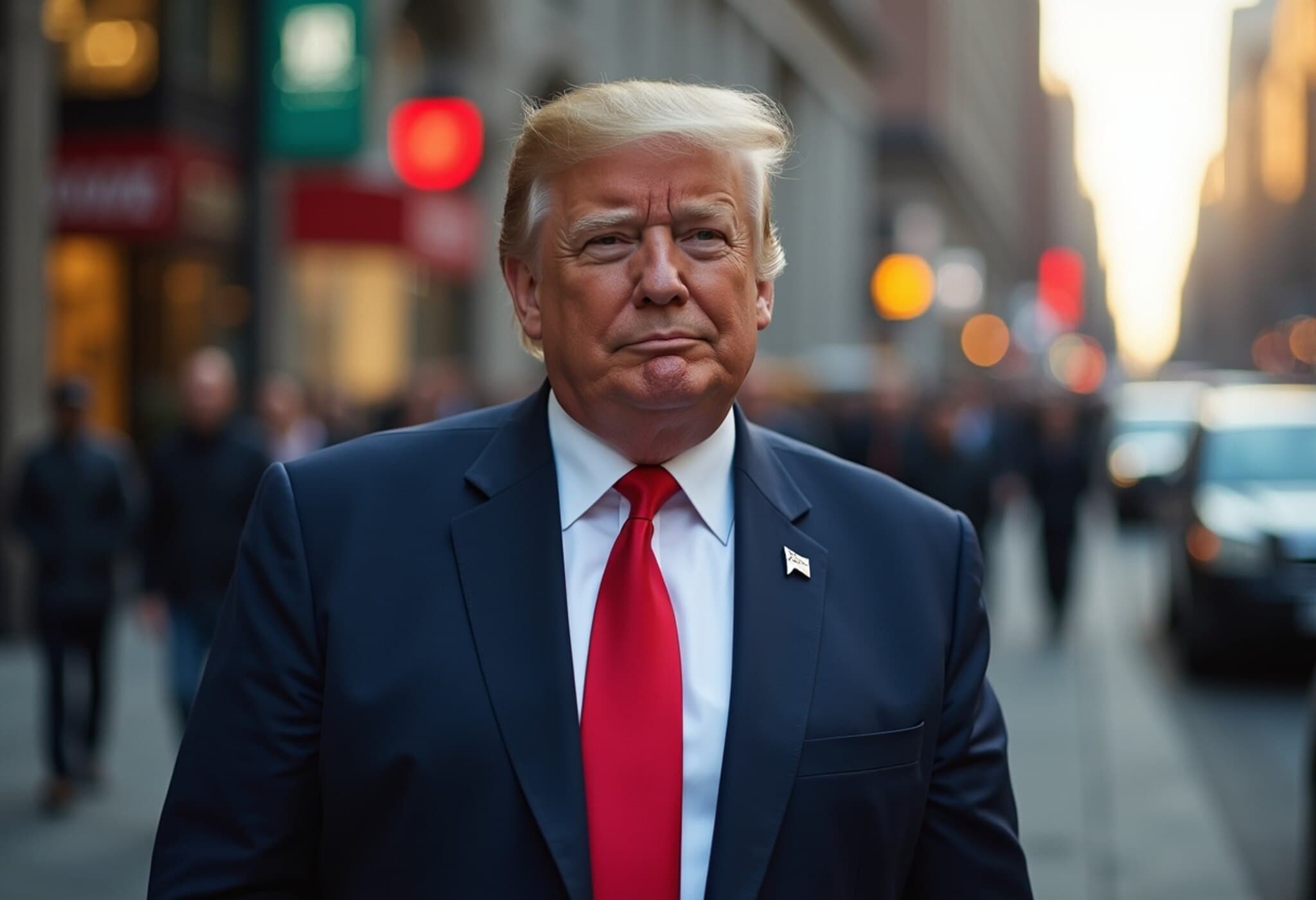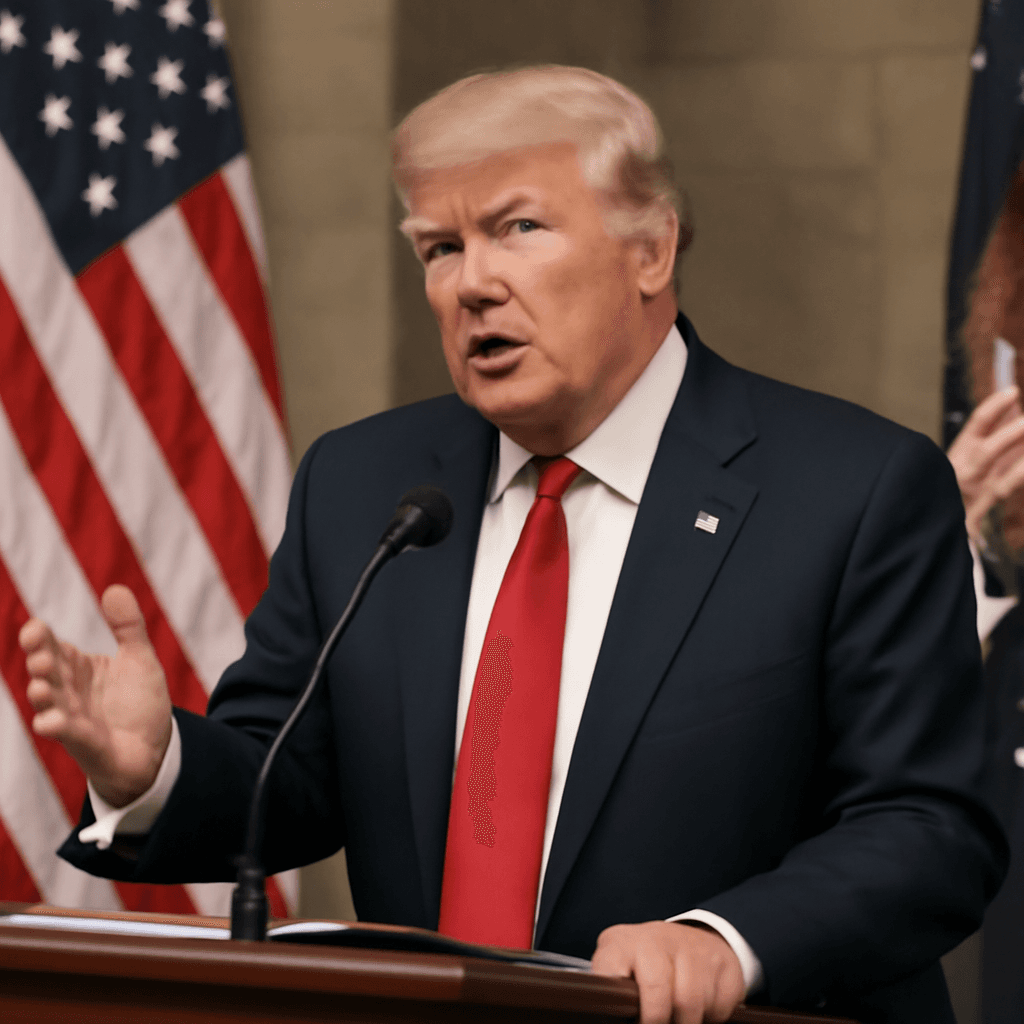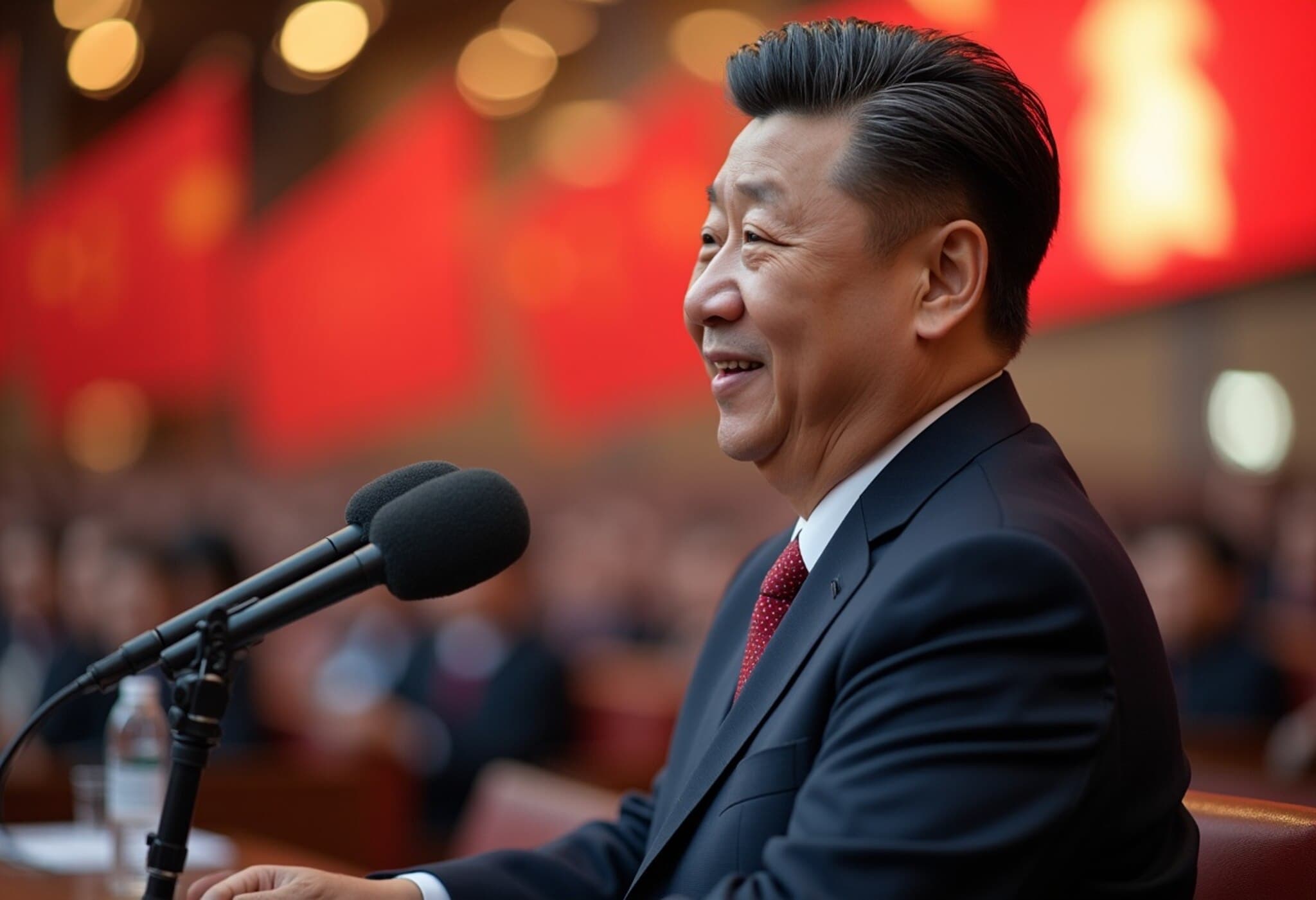China’s Economy Beats Forecasts in Q2, Growing 5.2%
China’s economic growth in the second quarter of 2025 exceeded analysts’ forecasts, expanding by 5.2% year-over-year, according to the National Bureau of Statistics. This figure slightly outpaced the Reuters-polled estimate of 5.1%, while comfortably surpassing Beijing’s annual growth target of 5%. The data eases immediate pressure on policymakers to introduce aggressive stimulus measures amid ongoing external uncertainties and domestic challenges.
Mixed Signals from Key Economic Indicators
Despite the encouraging headline GDP number, a closer look reveals a complex economic landscape. Retail sales growth slowed notably to 4.8% in June from May’s 6.4%, falling short of the expected 5.4%. Catering sales, a barometer of consumer confidence and discretionary spending, barely inched up by 0.9%, marking its slowest pace since the depths of the COVID-19 pandemic in December 2022.
Industrial output, on the other hand, delivered a strong performance with a 6.8% expansion, beating consensus estimates and reflecting resilience in China’s manufacturing and industrial sectors. However, fixed-asset investment only grew by 2.8% in the first half of 2025, lagging forecasts of 3.6%. Notably, real estate investment contracted further by 11.2%, signaling ongoing fragility in a sector still grappling with debt issues and cooling demand. Infrastructure and manufacturing investments also slowed, highlighting uneven momentum.
Employment and Consumer Confidence: Mixed Outlook
Urban unemployment remained steady at 5% in June, down from its two-year peak of 5.4% in February, providing some relief on the jobs front. Yet economists caution that broader sentiments remain tepid. The National Bureau of Statistics underscored in its release that domestic demand remains “insufficient,” a phrase that resonates with concerns over cautious consumer spending and economic uncertainty.
Expert Insights: A Delicate Balancing Act for Beijing
Tianchen Xu, a senior economist at the Economist Intelligence Unit, suggests that while growth may slow in the latter half of the year, hitting the government’s 5% target remains achievable without immediate new stimulus measures. Xu anticipates the Politburo, China’s top decision-making body, will likely defer major policy easing until after its July meeting, potentially reserving fresh interventions for September to help meet year-end goals.
“Beijing is weighing the benefits of measured stimulus against the risks of overextension,” Xu observes. “Given the current data and global uncertainties, a calibrated approach makes sense.”
Trade and Geopolitical Context: Navigating Tensions
The backdrop continues to be shaped by ongoing trade tensions with the United States, despite a temporary truce reached earlier this year. Following a meeting in London in June, both nations outlined a framework for easing tariffs and trade barriers, including China’s commitment to expedite rare-earth mineral exports and Washington’s plans to relax restrictions on technology transfers and student visas.
This easing of hostilities is critical for China’s export-dependent sectors. While shipments to the U.S. declined by 3.2% year-over-year through June, exports to Southeast Asian countries and the European Union surged 13% and 6.6% respectively, signaling successful diversification efforts.
Calls for Further Reform and Long-Term Growth Strategies
Despite temporary relief, leading economists stress the urgency for deeper structural reforms. Huang Yiping, a prominent adviser to the People’s Bank of China, argues that fiscal stimulus in the range of 1.5 trillion yuan may be necessary to boost household consumption and counter tariff-related drag. Additionally, further interest rate cuts could help revive borrowing and investment.
However, Huang and colleagues caution that the observed economic buoyancy masks underlying vulnerabilities, including weak consumer prices, cautious credit growth, and high unemployment among migrant workers.
“China’s policymakers face the challenge of pivoting from short-term stimulus to sustainable reforms,” the economists wrote in a recent report. They emphasize priorities such as pension system reform, enhanced fiscal discipline, and modernized financial regulations — essential steps to ensure balanced and inclusive growth as China navigates an increasingly complex global environment.
What to Watch Next
- Policymakers’ approach at the upcoming Politburo meeting in late July
- Progress in U.S.-China tariff negotiations ahead of the August 12 deadline
- Trends in domestic consumption and real estate investment
- Additional fiscal or monetary stimulus announcements, especially in September
Editor’s Note
China’s second-quarter GDP growth exceeding 5% provides a welcome breather amid a challenging global economy. Yet, the tempered consumer spending and slowing investment caution against complacency. For observers and investors alike, the coming months will be critical to assess whether Beijing’s cautious policy stance can sustain momentum without heavier stimulus or if structural reforms late to the game may hamper China’s long-term growth trajectory. In a rapidly shifting geopolitical landscape, the intersection of trade diplomacy and domestic economic strategies will shape not just China, but global markets too.


